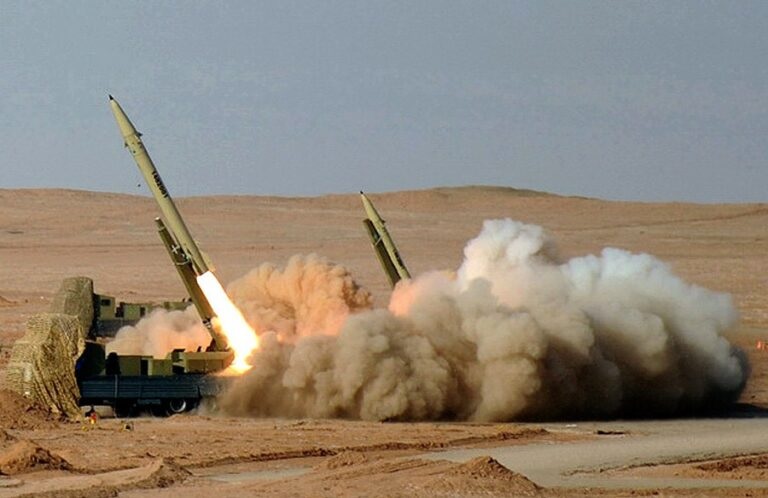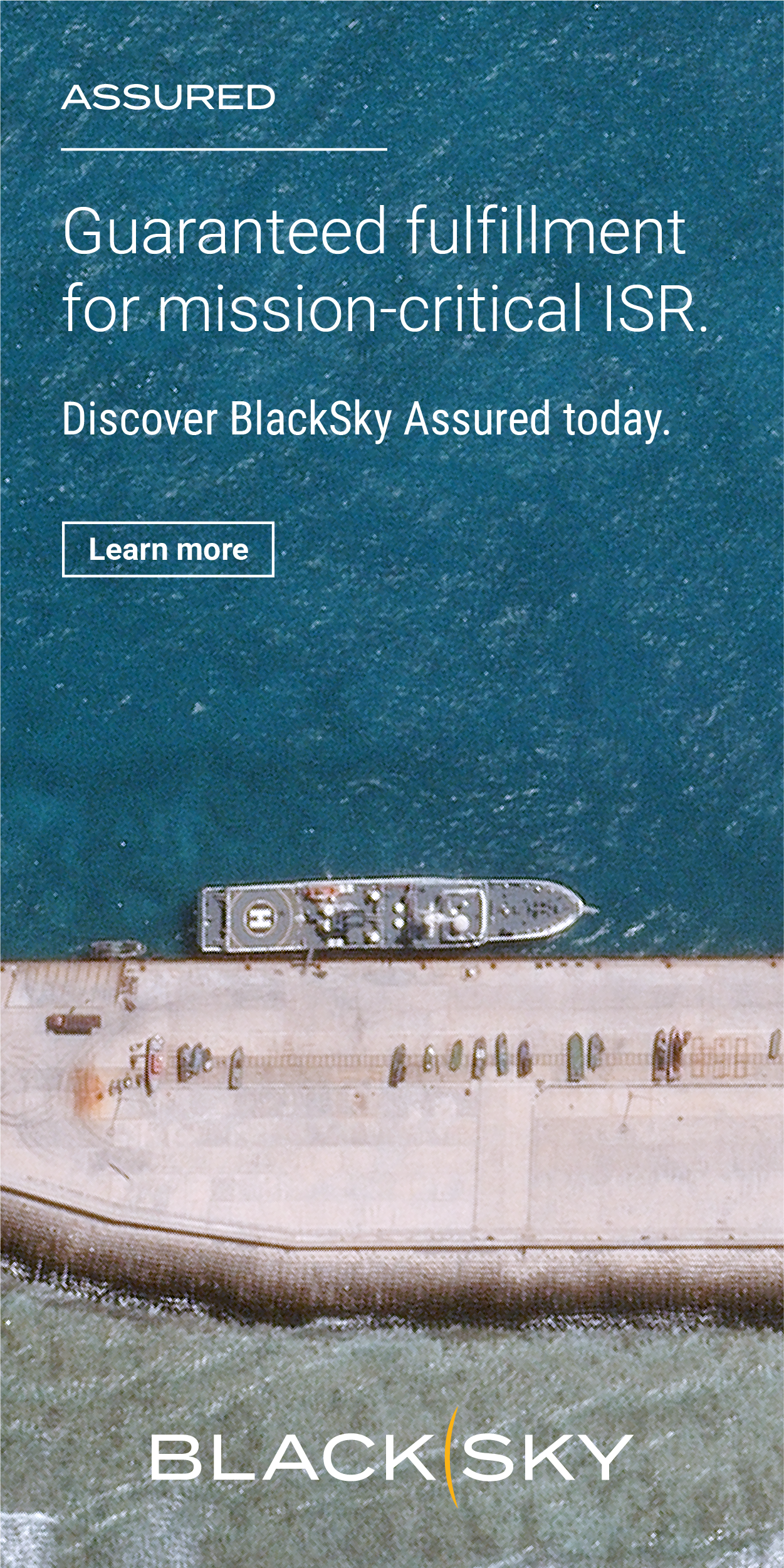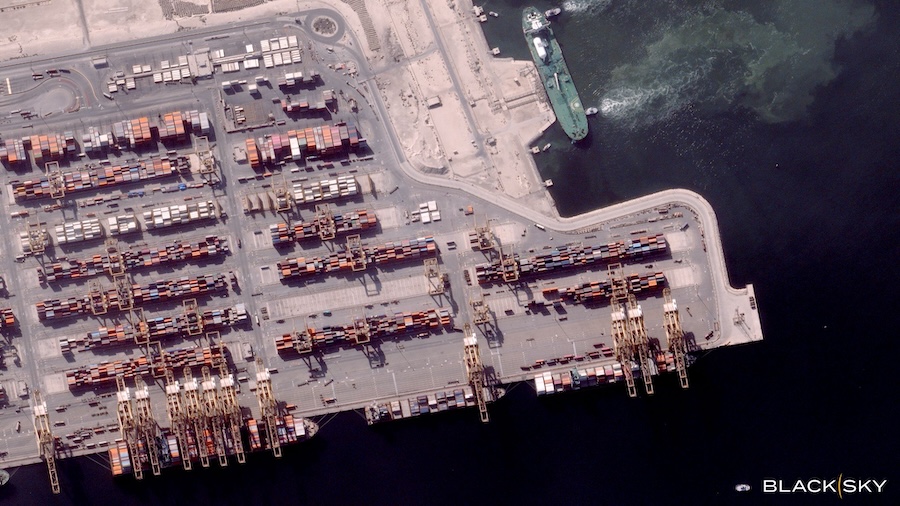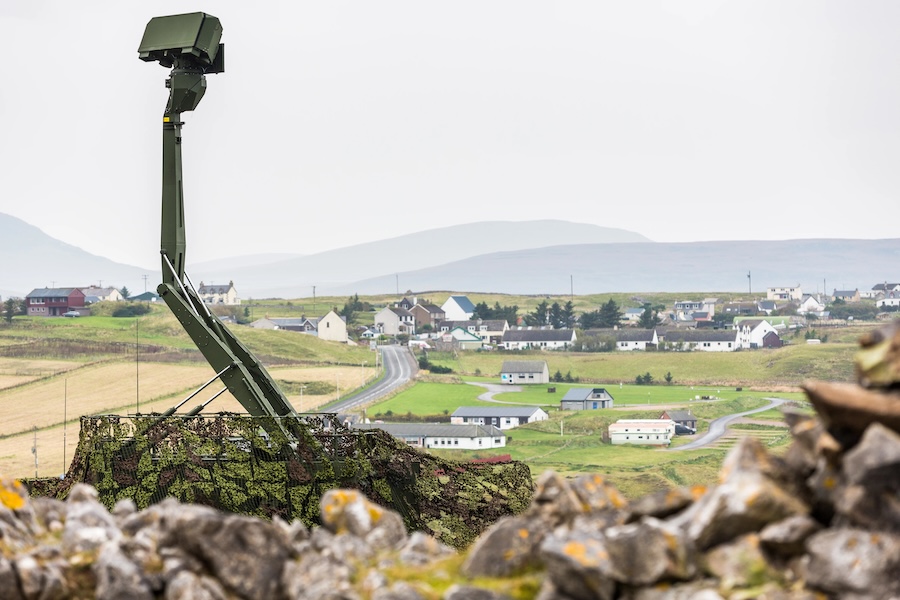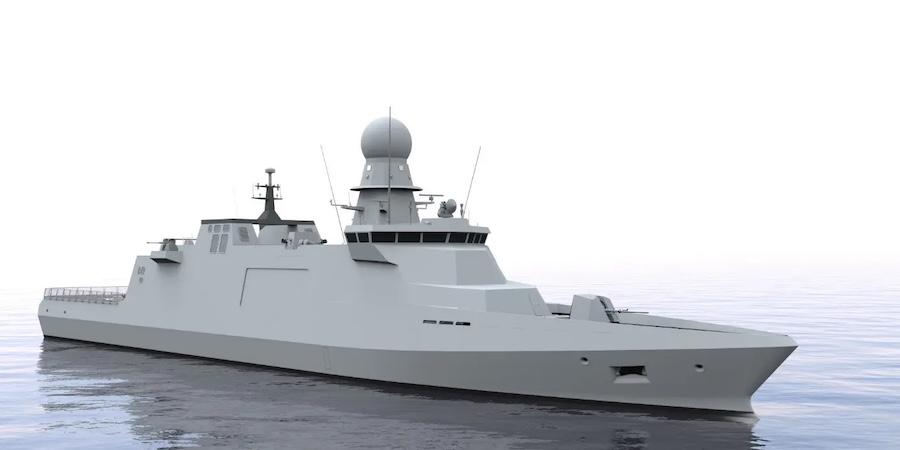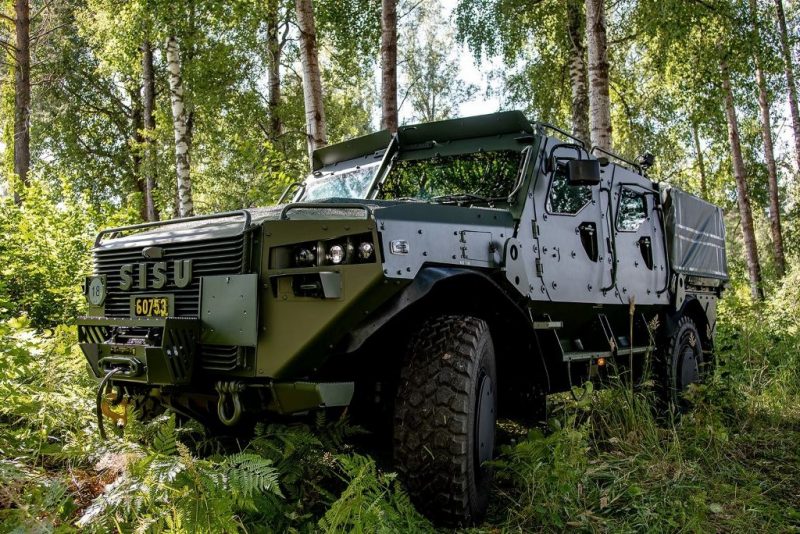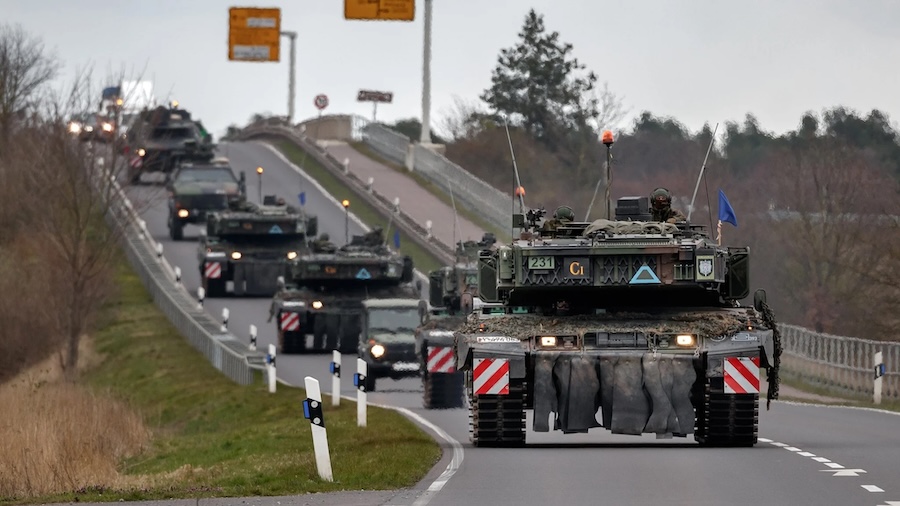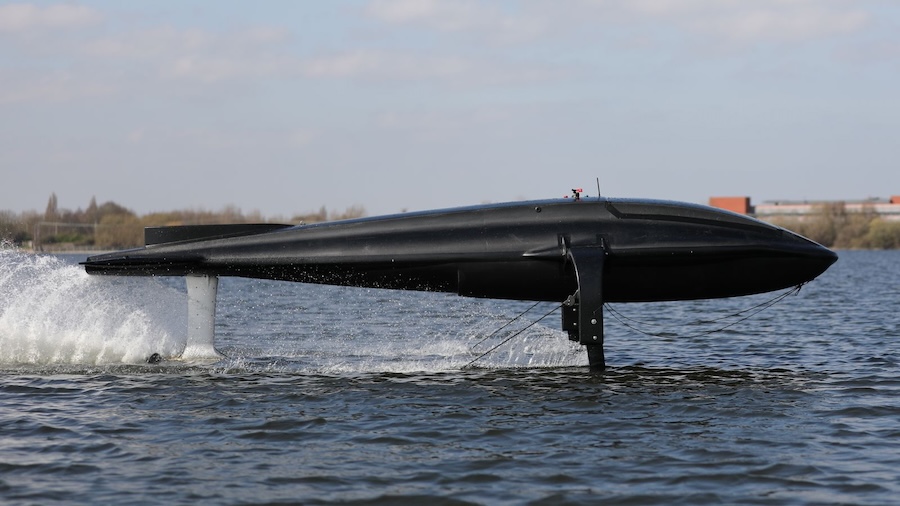Iran’s ballistic missile programmes have remained a consistent focus of U.S. congressional oversight due to links with its nuclear ambitions and support for regional militant groups. Diplomatic efforts aimed at curbing Iran’s nuclear capabilities have periodically addressed its missile arsenal, leading to sanctions and mandatory reporting from the executive branch.
Recent hostilities have intensified scrutiny, with Israel targeting Iranian missile and nuclear infrastructure in airstrikes that began on 13 June 2025. Iran responded by launching ballistic missiles into Israeli territory.
A March 2025 U.S. intelligence assessment stated, “Iran continues to bolster the lethality and precision of its domestically produced missile and [unmanned aerial vehicle] systems, and it has the largest stockpiles of these systems in the region.” The National Air and Space Intelligence Center (NASIC) previously catalogued at least 14 different types of Iranian ballistic missiles.
Iran’s short-range ballistic missiles (SRBMs), with ranges under 1,000 kilometres, include both liquid- and solid-fuel systems such as the Shahab-1, Shahab-2, and Qiam-1, based on Soviet-era Scud technology. Solid-fuel variants such as the Fateh-110 and Fateh-313, with ranges up to 500 kilometres, represent Iran’s shift towards more mobile and easily maintained systems.
Further variants in the Fateh series, including the Zolfaghar and Khalij Fars, have been displayed and reportedly offer enhanced range and targeting capabilities. The Khalij Fars is designed as an anti-ship ballistic missile.
Among Iran’s medium-range ballistic missiles (MRBMs), with ranges between 1,000 and 3,000 kilometres, the Shahab-3 stands out. Based on North Korea’s Hwasong-7 missile, the Shahab-3 and its successors—the Ghadr-1 and Emad-1—are believed to have improved accuracy and range.
The Shahab-3 has reportedly been tested since 1998 and may have been modified for nuclear delivery, according to a 2011 report by the International Atomic Energy Agency. The missile family has also served as a basis for Iran’s space launch vehicle (SLV), the Safir.
There is ongoing debate among experts regarding Iran’s capacity to develop intercontinental ballistic missiles (ICBMs). In 2025, the U.S. Defense Intelligence Agency assessed that Iran could develop a “militarily-viable ICBM by 2035 should Tehran decide to pursue the capability.”
Iran’s missile arsenal has also been central to its foreign and defence policy, supplementing its conventional military with asymmetric capabilities. This includes supplying missiles to allied actors and U.S.-designated terrorist organisations across the region.
Recipients have included the Assad regime in Syria, which cooperated with Iran on ballistic missile production, and Hezbollah, whose late leader Hassan Nasrallah claimed in 2015 to have acquired Fateh-110 missiles as early as 2006. According to a 2024 DIA report, Iran’s missile designs have also been used by Yemen’s Houthis and transferred to Russia.




